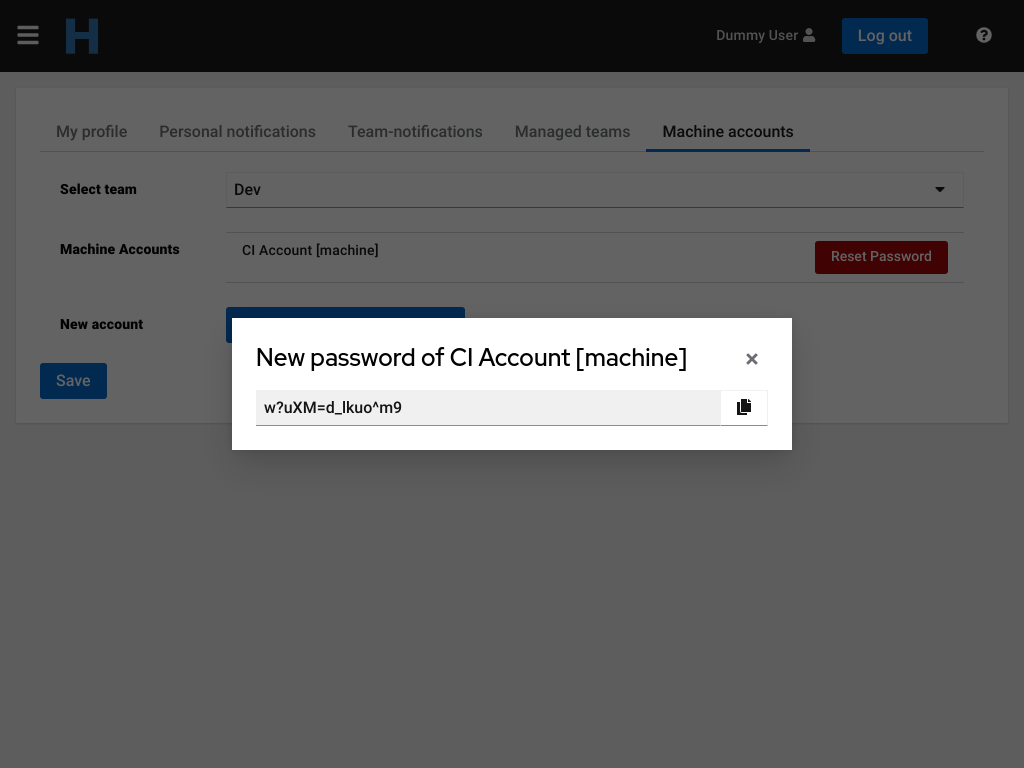Users and security
It is assumed that the repo will host data for multiple teams; each user is a member of one or more teams.
Each run, test or schema is owned by one of the teams. The team corresponds to a Keycloak role (see below) with -team suffix, e.g. engineers-team. In the UI this will be displayed simply as Engineers, dropping the suffix and capitalizing the name.
Data access
We define 3 levels of access to each item (test, run, dataset or schema):
- public: available even to non-authenticated users (for reading)
- protected: available to all authenticated users that have the
viewerrole (see below) - private: available only to users who ‘own’ this data - those who have the team role.
In addition to these 3 levels, runs and schemas can have a ’token’ (randomly generated string): everyone who knows this token can read the record. This token is reset any time the restriction level changes.
Tests can have tokens, too: you can have an arbitrary number of tokens, each with a subset of read, modify and upload privileges.
Users and roles
Users and teams are managed in Keycloak. In non-production environment you can reach it on localhost:8180 using credentials admin/secret.
There are few generic roles automatically created during initial realm import.
- viewer: general permission to view non-public runs
- uploader: permission to upload new runs, useful for bot accounts (CI)
- tester: common user that can define tests, modify or delete data.
- manager: set team members and their roles within the team
- admin: permission both see and change application-wide configuration such as global actions
Besides the team role itself (e.g. engineers-team) there must be a composite roles for each team combining the team role and permission role: bot account that uploads team’s data will have engineers-uploader which is a composite role, including engineers-team and uploader. This role cannot view team’s private data, it has a write-only access.
Users who explore runs, create and modify new tests should have the engineers-tester role; a composite role including engineers-team, tester and viewer.
You can also create a role that allows read-only access to team’s private runs, engineers-viewer consisting of engineers-team and viewer.
The admin role is not tied to any of the teams.
Machine accounts
A team manager can create Machine Accounts in his managed team(s). Those accounts can access Horreum with HTTP Basic authentication instead of authenticating with Keycloak. This is done on the Machine Accounts tab on the user profile.

After an account is created it is visible in the list of Machine Accounts. Multiple accounts can be created for a team.

To change the password of an existing account click on the red Reset Password button and confirm. A dialogue with the new generated password appears. Copy the password and close the dialogue. This is the only time the password is visible.

Feedback
Was this page helpful?
Glad to hear it! Please tell us how we can improve.
Sorry to hear that. Please tell us how we can improve.